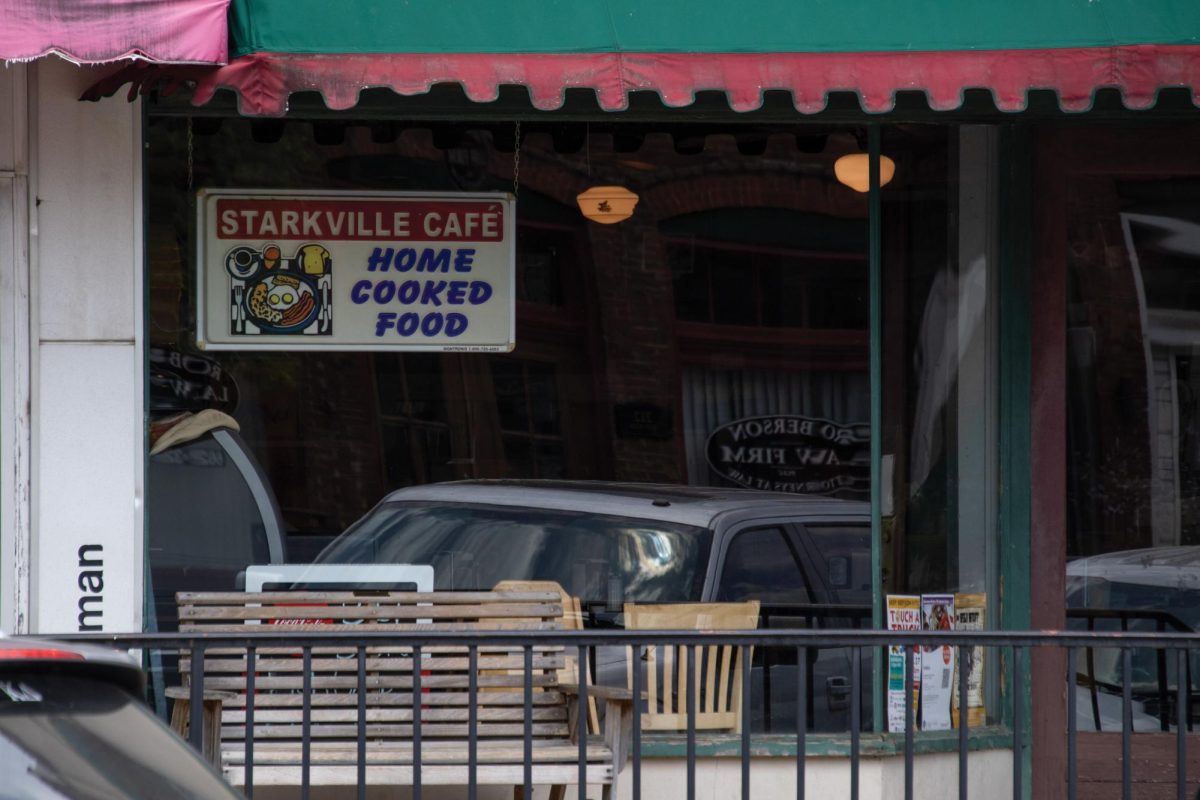Higher education does not exist without standing upon the shoulders of giants of the past. The fact that some of those giants were historically white supremacists is becoming an issue for some activists. Do students and faculty have a responsibility to ensure that no historical racists are honored at their institutions? This question affects schools in the South; including the University of Mississippi, University of Alabama and University of South Carolina. The debate has gained more attention in recent months.
University of Mississippi (UM), also known as Ole Miss, is rife with a history of racial tension. Buildings named after historical racists contribute to the multiple issues UM deals with in regards to racial issues. Though it’s been an integrated school for decades, racist incidents continue to occur on campus; some argue these incidents stem from the school honoring its racist past, creating a culture of racial prejudice.
In February 2014, three students were accused of tying a noose around the school’s statue honoring James Meredith, the first black student to enroll in the school. CBS News reported the students were members of Sigma Phi Epsilon fraternity; the fraternity subsequently removed the students. The fraternity was then reportedly reviewed at UM’s request and shut down by the fraternity’s headquarters for other reasons.
The students responsible for the vandalism were out-of-state residents which some Mississippians already knew. During the Civil Rights Era of integration, many dissenters were bussed in from Texas, Arkansas and other states to protest at UM, while most of the students in attendance were supportive of integration.
UM’s administration has worked to change some aspects of the school, which are believed to further promote a racially divisive culture. An official announcement from the school in August 2014 outlined six steps the school planned to take in order “to improve our environment for diversity and inclusion.” The steps include “[offering] more history, putting the past into context, telling more of the story of Mississippi’s struggles with slavery, secession, segregation and their aftermath” and encouraging “[appropriate] use of the name ‘Ole Miss.’ ”
The latter initiative met with much disapproval since many alumni and fans of the school believed the announcement to mean administration was abandoning the nickname; in actuality, the focus of the ‘Ole Miss’ moniker is officially shifted from academic contexts to only represent athletic programs. The former initiative instituted a number of on-campus changes, such as renaming Confederate Drive to Chapel Lane and adding plaques to buildings named after historically racist figures to provide context to the building’s history and namesake.
Building names are still being contested at UM and other universities. Activists claim that buildings named after white supremacists do not promote a welcoming environment for black students, according to Alexandra Svokos at Huffington Post. Svokos quotes Michael Fortune, a lawyer who had previously attended Clemson University in South Carolina. Fortune discovered the racist history of Benjamin Ryan Tillman on television and realized that a building held Tillman as its namesake at the university.
“A young black student walking by Tillman Hall — if he knew what that stood for, he’d be sick, because [Tillman] thought no black man will ever lead us…And yet in their brochures they say ‘Come to Winthrop and learn to be a leader,” Fortune said.
If these same conversations are happening at UM, it is my opinion the administration there will respond reasonably and tactfully. To answer Fortune’s concerns for the black students on campus, I suspect UM officials would address it with understanding. A complicated history is too important to erase, and renaming a building as a symbolic gesture may only communicate the idea that the negative history of our forefathers should not be remembered, regardless of the good any such person has done.
I believe the process UM is using to create a better culture is two-fold: first, remove symbols of oppression not tied to a specific person’s history (e.g., renaming “Confederate Drive”); second, provide context for edifices which honor historical figures with complicated racial beliefs. These two actions will create discussion of race issues within the university and the surrounding community while also emphasizing the difference between abstract symbols and a university’s history; some of this conversation will hopefully include the context that slavery was widespread in those days, compared to the widespread issues we face today. It is also important to continue that progress by creating new buildings with names which reflect the values of today’s society — something UM has definitively resolved to do. The school’s University Drive has been renamed to Roy Lee “Chucky” Mullins Drive since the new basketball arena was completed, which is an excellent example of commemorating today’s diversity in the light of the past’s prejudice.
“Mullins, a black football player who was paralyzed and later died, became a unifying symbol of an indomitable human spirit at the university,” UM’s official announcement said.
We cannot remove the past, and thus we should not remove the name of a building because a historical figure does not meet the moral standards of today. We can respond to the South’s racist past by creating a better present which celebrates and cultivates new progress.




















































































